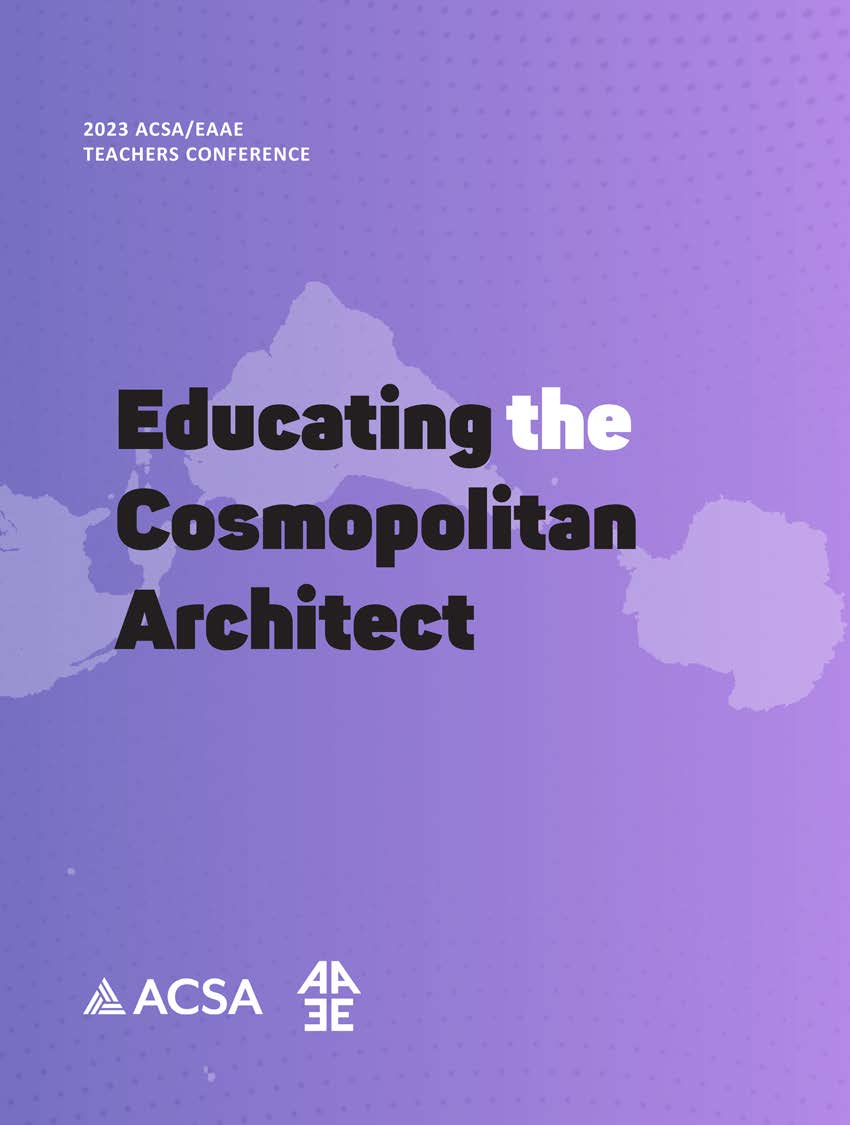Author(s): Kathryn Bedette
Site analysis is a process of discovery. It is the moment in a project where conditions and experiences are studied to create key insights and constraints, informing the rest of the design process. To fully uphold an architect’s responsibility to the global community, site analysis must move beyond its basis in humanist, and human-centric, philosophy to establish design priorities and constraints that respond to the needs of humans and the full biosphere in which we live. Posthumanist site analysis responds to human experience, but not solely, decentering it among studies designed to expose the needs and experiences of multiple species and processes interacting with, or impacted by, the terrain marked off as “site”. When learning how to conduct site analysis, students’ sense of self-awareness—and how they think about reality—forms the basis of how they perceive, understand, and assess those existing conditions and potentials. Teaching posthumanist site analysis, then, calls for a teaching method that builds students’ sense of self-awareness with a new mode of thinking about what the site is and what it can be. Informed by an inductive pedagogy, three key steps for this teaching method are proposed. By laying the groundwork to create the cognitive context of posthumanist site analysis, we enable students to form a rationale for site and context investigations based on posthumanist philosophy that they can then sharpen, critique, and draw meaningful conclusions from to inform their further design process. This approach supports a fuller understanding of the reality of the site, allowing students to address the actual circumstances of participation, cohabitation, networked relationships, and shared habitats in which they are working. Creating a new relationship between the student and the environment ultimately supports reforming relationships between people, architecture, and ecosystems.
https://doi.org/10.35483/ACSA.Teach.2023.8
Volume Editors
Massimo Santanicchia
ISBN
978-1-944214-44-9

 Study Architecture
Study Architecture  ProPEL
ProPEL 
